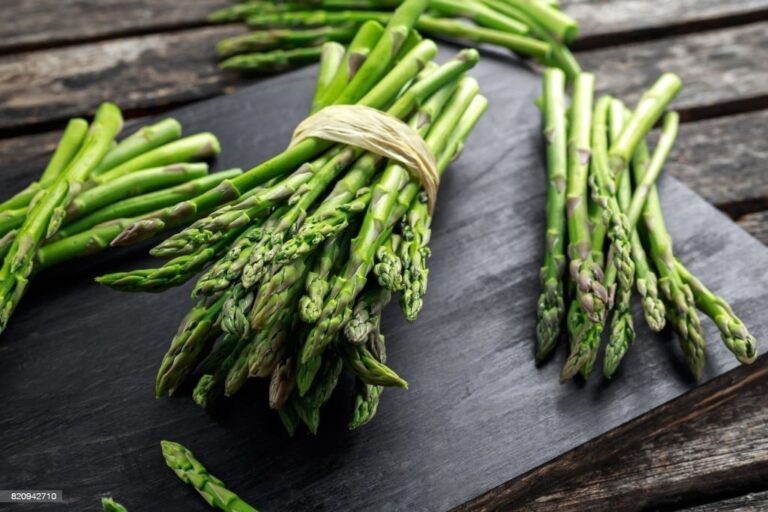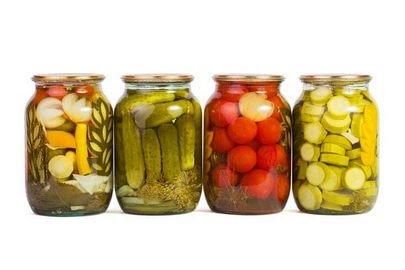A QUICK GLANCE…
The shelf life of bread can vary depending on various factors such as the type of bread, storage conditions, and preservatives used. Generally, commercially baked bread that is packaged in plastic bags can last for about 5-7 days at room temperature. However, artisanal or homemade bread, which often lacks preservatives, may only last for 2-3 days. To extend the freshness, it is recommended to store bread in a cool, dry place or in the refrigerator, which can prolong its shelf life by another 3-4 days. Freezing bread can further extend its lifespan for up to 3 months, as long as it is properly sealed to prevent freezer burn.

Have you ever wondered how long your bread will last before it goes bad? As someone who loves bread, I know it can be frustrating to have to throw away a loaf that has gone stale or moldy. But fear not, because with the right knowledge and techniques, you can extend the shelf life of your bread and reduce waste.
There are a few factors that can affect how long bread lasts, such as the type of bread, storage conditions, and the presence of preservatives.
In this article, we will dive into the different types of bread and their respective shelf lives, as well as provide tips for proper storage and signs of spoilage to look out for.
With this information, you’ll be able to keep your bread fresh for longer and enjoy it to the fullest.
Factors Affecting Bread Shelf Life
Check out the factors that can impact how much time you have to savor your fresh-baked loaf.
One of the most significant factors is the quality of flour used in making your bread. The better the flour quality, the longer your bread will last. High-quality flour has a higher protein content, which makes it more resistant to mold and spoilage. So, when buying flour, it’s always best to go for the best quality available.
Another factor that affects bread shelf life is the packaging material. When bread is exposed to air, it dries out and becomes stale quickly. Therefore, the packaging material should be airtight and moisture-proof. Bread packed in paper bags or plastic bags with holes will not last as long as bread packed in plastic bags that are airtight. The packaging material also plays a role in preventing mold growth.
Some packaging materials are treated with anti-microbial substances that prevent mold from growing on the bread.
Lastly, the temperature at which bread is stored also affects its shelf life. Bread should be stored in a cool, dry place, away from direct sunlight and heat sources such as ovens and stovetops. Heat accelerates the growth of mold, so bread stored in warm environments will spoil faster. Keeping bread in the refrigerator can extend its shelf life, but it may also cause it to dry out faster.
Therefore, it’s important to strike a balance between temperature and moisture when storing bread.
Understanding Different Types of Bread
Now you can learn about the different types of bread and expand your knowledge beyond the standard loaf you usually buy.
There are various types of bread, each with its unique taste, texture, and ingredients. Here are some popular types of bread you should try:
- Sourdough Varieties: Sourdough bread is made using a starter culture of wild yeast and lactic acid bacteria. It has a distinct tangy flavor and chewy texture. Some popular sourdough varieties include San Francisco sourdough, French sourdough, and Italian sourdough.
- Bread Making Techniques: Bread making techniques can also affect the type of bread. For example, artisan bread is made using traditional methods, while quick bread is made using chemical leavening agents like baking powder. Other techniques include kneading, proofing, and shaping.
- Whole Grain Bread: Whole grain bread is made using flour that contains the entire grain, including the bran, germ, and endosperm. It is rich in fiber, vitamins, and minerals, making it a healthy choice. Some popular whole grain bread types include whole wheat, rye bread, and multigrain bread.
- Sweet Breads: Sweet bread is a type of bread that contains sugar, honey, or other sweeteners. It is often flavored with spices, fruits, or nuts. Some popular sweet breads include cinnamon bread, banana bread, and pumpkin bread.
Next time you go to the bakery, try something new and exciting. With so many different types of bread to choose from, you’re sure to find something you love.
Proper Storage Techniques
Properly storing your bread is crucial in preserving its freshness and taste, ensuring you enjoy every bite. It’s important to note that the differences between refrigeration and freezing can have a significant impact on the quality of your bread. Refrigeration can cause bread to go stale faster, while freezing can preserve it for a longer time.
If you plan on consuming your bread within a few days, refrigeration might be the best option. However, if you want to keep your bread for a longer time, freezing is the way to go. Another crucial factor in bread storage is the impact of humidity. Bread stored in a humid environment can quickly become moldy and unappetizing.
To avoid this, it’s best to store your bread in a dry, cool place, such as a bread box or pantry. If you live in a humid area, it’s important to be extra vigilant in monitoring the humidity levels around your bread.
In addition to refrigeration, freezing, and humidity, there are a few other tips to keep in mind when storing your bread. For example, it’s best to avoid storing your bread in plastic bags, as this can trap moisture and lead to mold growth. Instead, opt for paper bags or linen cloths.
Additionally, try to avoid slicing your bread until you’re ready to eat it, as this can cause it to dry out more quickly. By following these storage techniques, you can ensure that your bread stays fresh and delicious for as long as possible.
Signs of Spoilage
You’ll want to keep an eye out for these signs of spoilage to ensure that your delicious loaf of bread remains safe and enjoyable to eat.
One of the most common signs of spoilage is mold growth. If you see any fuzzy, green, or black spots on your bread, it’s time to throw it away. Mold can produce toxins that can make you sick, so it’s better to be safe than sorry.
Another sign of spoilage is off odors. Fresh bread has a pleasant aroma, but as it starts to spoil, it may develop a sour or musty smell. If your bread smells off, it’s best to discard it. Eating spoiled bread can lead to food poisoning, which can cause symptoms such as nausea, vomiting, and diarrhea.
If you’re not sure whether your bread is still good to eat, you can also do a touch and taste test. Fresh bread should feel soft and springy, and it should taste slightly sweet. If your bread feels hard or stale and tastes sour or bitter, it’s time to toss it.
Remember that bread can spoil quickly, especially in warm and humid environments, so it’s best to consume it within a few days of purchase.
Tips for Reducing Bread Waste
If you want to make sure your delicious loaf stays fresh and doesn’t go to waste, follow these easy tips.
First, try meal planning. This will help you buy only the amount of bread you need for the week, reducing the chances of it going stale. You can also freeze any unused bread and use it later for toast or croutons.
Second, get creative with your recipes. If you have leftover bread that’s starting to go stale, don’t throw it away! Make some delicious French toast or bread pudding. You can also use stale bread to make breadcrumbs or croutons for salads or soups.
Lastly, store your bread properly. Keep it in a cool, dry place, away from direct sunlight or heat. Avoid storing it in the fridge, as this can actually cause the bread to dry out faster.
By following these simple tips, you can reduce your bread waste and enjoy your loaves for longer.
Conclusion
So there you have it, folks! Bread shelf life can vary depending on a variety of factors such as the type of bread, storage techniques, and environmental conditions.
It’s important to understand how long your bread will last so that you can minimize waste and ensure that you’re consuming safe and fresh bread. Remember to always store your bread in a cool, dry place and check for signs of spoilage before consuming.
With these tips in mind, you’ll be able to enjoy your bread for as long as possible and reduce your environmental impact.





